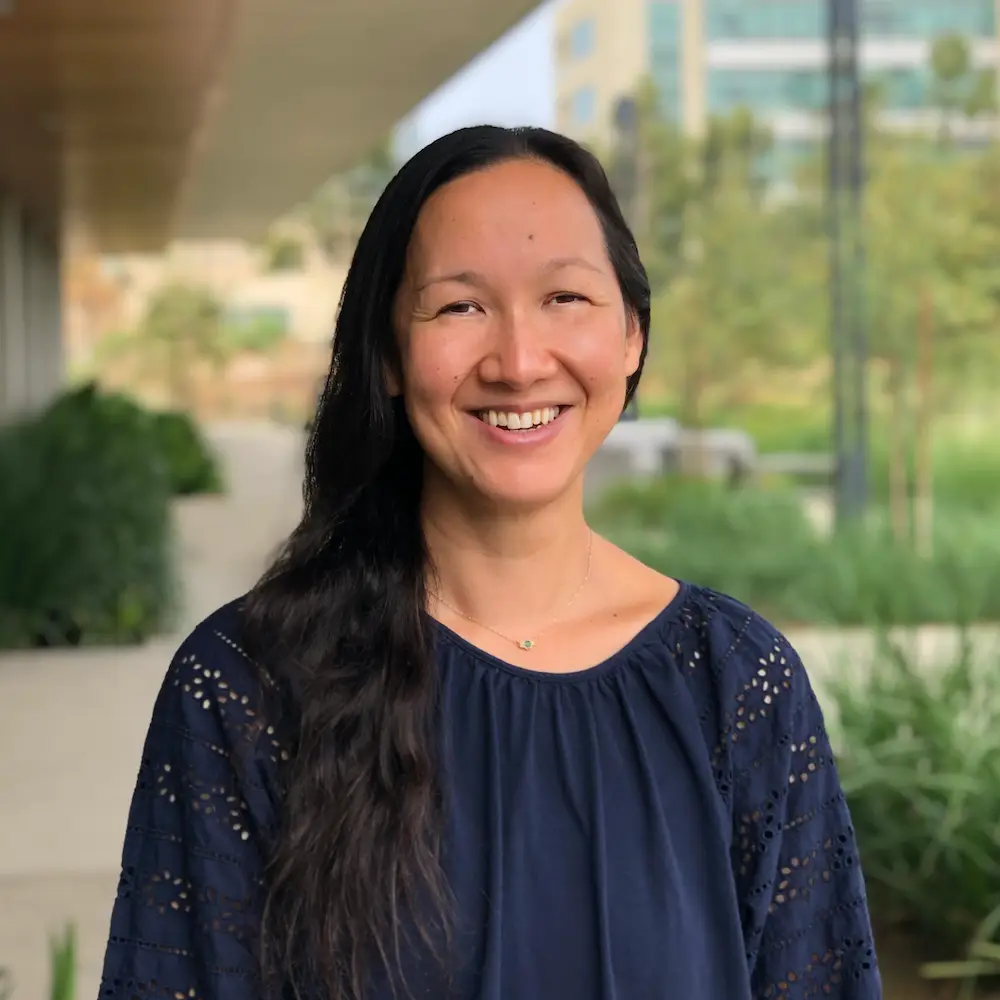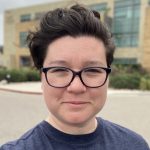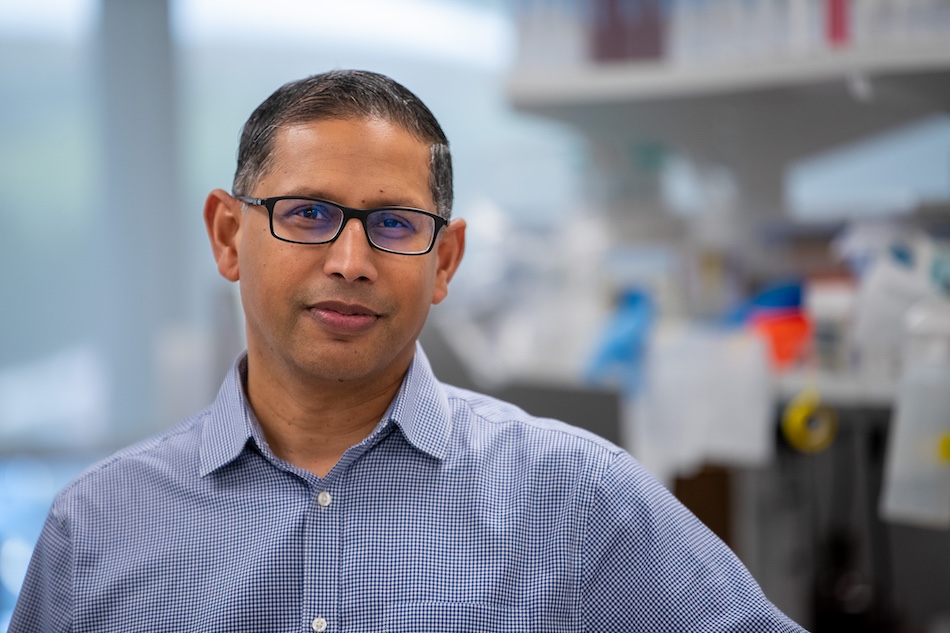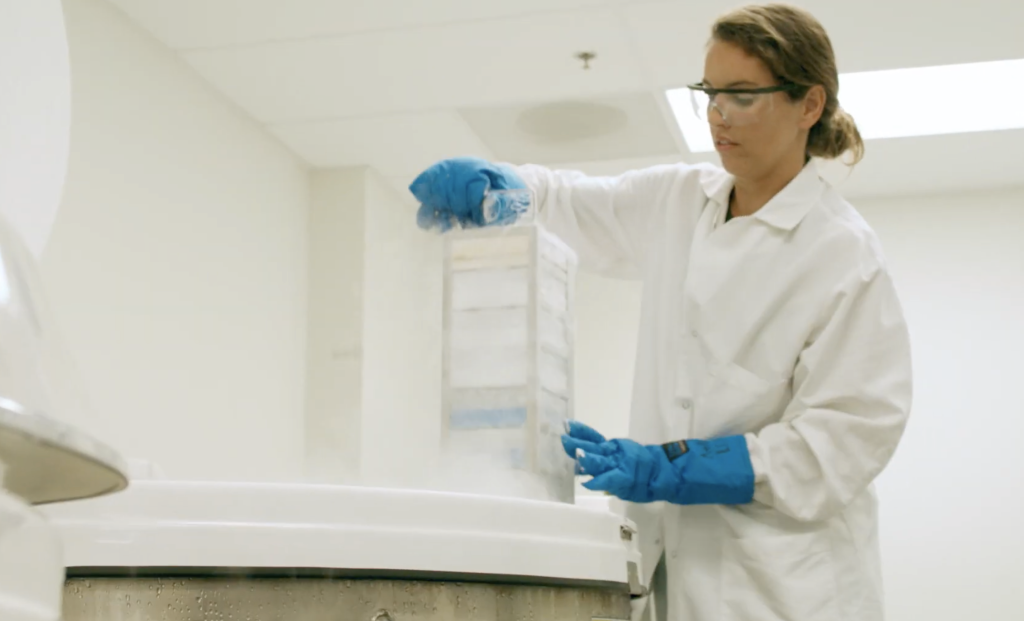
LA JOLLA, CA—Sydney Ramirez, MD, Ph.D., a clinician-scientist in the Crotty Lab at La Jolla Institute for Immunology (LJI), has been named a 2025 STAT Wunderkind, a prestigious honor that celebrates “the unheralded heroes of science and medicine.”
Though early in her career, Ramirez is already a renowned infectious disease researcher who has pioneered new techniques for studying viral infections, autoimmune disease, and other health concerns.
“Sydney is an extraordinary young clinician-scientist whose trailblazing work during the COVID-19 pandemic and beyond exemplifies the innovation, leadership, and promise this award was created to recognize,” says LJI Professor and Chief Scientific Officer Shane Crotty, Ph.D.
Ramirez and her fellow 2025 STAT Wunderkinds honorees will be recognized at the 2025 STAT Summit, held Oct. 15 and 16 in Boston, MA.
Stepping up during a state of emergency
Ramirez joined LJI in March 2020. Just two days later, the State of California went into “lockdown” in response to the spread of SARS-C0V-2, the virus that causes COVID-19. Ramirez, Crotty, and their colleagues immediately leapt into action to help combat the virus. “We were in desperate need of a physician-scientist with infectious disease expertise and a can-do mentality,” says Crotty. “Dr. Ramirez was exceptional in both regards.”
Ramirez harnessed her training in coronavirus biology—combined with her on-the-ground experience as a clinician—to lead urgent projects and help multiple LJI labs access COVID-19 patient samples. This research, published in Cell just two months after Ramirez joined LJI, gave the world a first look at how immune cells could fight SARS-CoV-2 infection. The LJI findings made headlines around the world.
Ramirez also served as co-first author on another Cell paper and first author on a JCI Insight paper showing that antiviral immune cells can respond rapidly to help clear SARS-CoV-2 infection and protect against severe disease, while simultaneously building up long-lasting immune cell “memory” to combat future SARS-CoV-2 infections.
In total, Ramirez’s work appeared in two Cell papers and two Science papers within six months of her joining the Crotty Lab. At a time when little was known about the novel coronavirus, her research offered a glimmer of hope.
“We had good news to tell people, and reassuring news, that our immune systems work,” says Ramirez. “We found that people were able to mount immune memory responses and protective immunity against SARS-CoV-2.”
Launching new research
Ramirez has gone on to develop new research techniques to shed light on how the body defends itself from SARS-CoV-2 and other dangerous pathogens.
In 2024, Ramirez and her colleagues in the Crotty Lab described a new nasal swab technique that they pioneered to capture and study immune cells that are normally hidden away in the upper airway. By sampling cells in the upper airway (the tissue where many respiratory viruses enter the body and take hold) Ramirez could finally investigate how specialized “tissue resident” immune cells respond to pathogens and guard against future infections.
Since that study came out in Nature, Ramirez has collaborated with researchers and clinicians around the world who want to use the same nasal swab technique.
“There’s a recognition that not everything shows up in the blood, so we shouldn’t be doing blood tests as our primary diagnostic tool,” says Ramirez. “The swabs are simple and safe, and you can use them to get a wealth of information.”
Right now, Ramirez is collaborating with scientists who are interested in using the nasal swab technique to study immune cell activity in people with allergic airway diseases, such as chronic sinus disease and asthma. Researchers are also looking to use nasal swabs to better understand cancer and even autoimmune disease, including lupus.
There are also cases where nasal swabs are simply more practical than blood tests. Swabs may be easier for pediatric patients, says Ramirez, and swabs may open up new lines of research for scientists in countries where it is difficult to get regulatory approval to collect blood samples for clinical research.
“It’s been exciting,” says Ramirez. “We’ve had tons of people reach out from different groups across the country, across the world even, doing all sorts of different studies.”
Celebrating a career milestone
Leading up to the STAT Summit, Ramirez was looking forward to meeting the other 2025 STAT Wunderkinds and sharing ideas with scientists at a similar point in their careers. “These are scientists at the leading edge, and I’m looking forward to learning what’s new in their fields,” she says.
Ramirez is also grateful for opportunities to show up-and-coming scientists what a career in biomedical research can look like.
“I hope I can inspire people to consider the physician-scientist pathway, because it’s a hard pathway. You are trying to do two jobs at the same time, to be a doctor and a scientist, and you have to find balance.” says Ramirez. “Still, I think it’s a valuable training path, and it gives you unique perspectives that you don’t get from doing just one or the other.”
Learn more:
LJI scientists capture immune cells hidden in nasal passages



